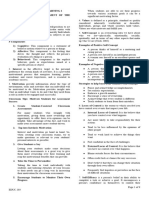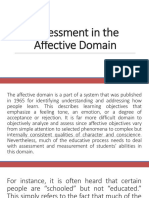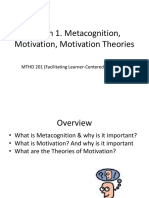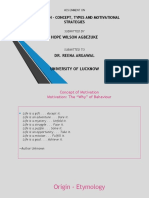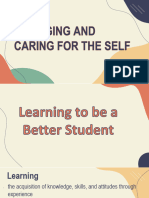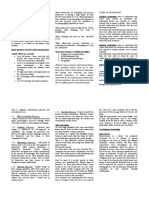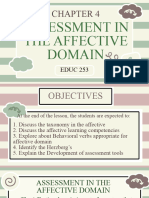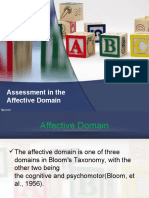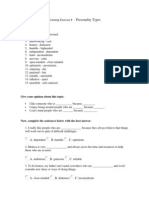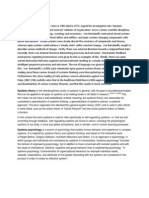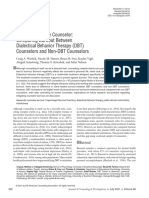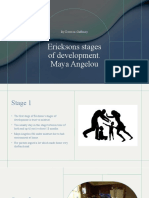0% found this document useful (0 votes)
12 views5 pagesAuthentic Assessment in Authentic Domain Reviewer
The document discusses various aspects of motivation, including intrinsic and extrinsic motivation, and the components of attitude such as cognition, affective, behavioral intention, and evaluation. It also covers self-concept, self-image, self-esteem, and the importance of interest in learning, along with methods for assessing these attributes. Additionally, it outlines different assessment tools and grading systems, emphasizing the significance of effective communication in the educational context.
Uploaded by
eytlogmarieCopyright
© © All Rights Reserved
We take content rights seriously. If you suspect this is your content, claim it here.
Available Formats
Download as DOCX, PDF, TXT or read online on Scribd
0% found this document useful (0 votes)
12 views5 pagesAuthentic Assessment in Authentic Domain Reviewer
The document discusses various aspects of motivation, including intrinsic and extrinsic motivation, and the components of attitude such as cognition, affective, behavioral intention, and evaluation. It also covers self-concept, self-image, self-esteem, and the importance of interest in learning, along with methods for assessing these attributes. Additionally, it outlines different assessment tools and grading systems, emphasizing the significance of effective communication in the educational context.
Uploaded by
eytlogmarieCopyright
© © All Rights Reserved
We take content rights seriously. If you suspect this is your content, claim it here.
Available Formats
Download as DOCX, PDF, TXT or read online on Scribd
/ 5




